Uniting in Faith: Religious Figures Come Together in Ein Rafa for Interfaith Understanding
Introduction to Ein Rafa
Ein Rafa is a small but noteworthy community situated in the West Bank, just southwest of Jerusalem. Its geographical positioning makes it a strategic site for interfaith dialogue, as it is easily accessible to diverse religious groups in the region. The community has a rich historical context, having witnessed various cultural shifts and developments over centuries. Such a background provides an essential framework for understanding the dynamics of interfaith relations within this locality.
The demographic composition of Ein Rafa is a tapestry woven from different religious traditions, with a notable presence of Christians and Muslims. This blend of faiths fosters a unique environment where mutual respect and understanding can flourish. Residents often engage in communal activities and celebrations that reflect their rich cultural heritage, making Ein Rafa a microcosm of coexistence. The harmony within the community serves as a powerful reminder of the potential for peace, despite the broader tensions present in the region.
Historically, Ein Rafa has been a crossroads for many significant events, drawing visitors and pilgrims from various backgrounds. This history has imbued the community with a spirit of dialogue and understanding, making it an ideal backdrop for initiatives aimed at religious collaboration. For instance, local leaders and religious figures have often convened in this locality to address shared concerns and work towards unified goals. As such, Ein Rafa is not just a geographical location; it symbolizes a beacon of hope and a model for interfaith understanding that can inspire other communities facing similar challenges.
The Importance of Interfaith Dialogue
In today’s increasingly interconnected world, the importance of interfaith dialogue cannot be overstated. This dialogue serves as an essential means to bridge gaps between different belief systems, fostering understanding and reducing hostility. By encouraging individuals from diverse religious backgrounds to engage in open discussions, interfaith dialogue promotes tolerance and acceptance. It allows participants to appreciate the values and beliefs of others, which can undermine prejudice and stereotypes.
Moreover, interfaith initiatives have shown tangible results in improving relationships among various religious communities. For instance, organizations such as the Parliament of the World’s Religions facilitate interfaith events that unite individuals from different faiths in discussions aimed at conflict resolution and community-building. According to a survey conducted by the Pew Research Center, approximately 72% of participants in interfaith dialogues reported increased respect for beliefs that differ from their own, demonstrating a crucial impact on attitudes toward diversity.
Specific examples also highlight the success of such interactions. The Interfaith Youth Core, for instance, has made significant strides in promoting collaborative service projects that bring together young people from various religions. By working on common goals, these youths develop friendships and mutual respect, which can challenge the divisive narratives often associated with differing faiths. Additionally, community events centered on interfaith discussions, such as the Ein Rafa gathering, serve as platforms for sharing personal stories and experiences, further solidifying bonds among participants.
In conclusion, interfaith dialogue is vital in today’s world, offering a pathway toward mutual respect and understanding among diverse communities. Through shared experiences and cooperation, individuals can foster peaceful coexistence that transcends religious differences, ultimately contributing to a more harmonious society.
Key Religious Figures in Attendance
The gathering in Ein Rafa witnessed the presence of several distinguished religious figures, each representing diverse faith traditions and contributing to the spirit of interfaith dialogue. Among the notable leaders was Rabbi David Cohen, a prominent figure in the Jewish community, known for his commitment to social justice and promoting mutual respect among different religious groups. Rabbi Cohen has been actively involved in various interfaith initiatives, emphasizing the importance of understanding and cooperation in the face of adversity.
Another significant presence was Sheikh Ahmed Bilal, an influential Muslim cleric dedicated to fostering peace and unity within and beyond the Islamic community. Sheikh Bilal has led numerous dialogues aimed at dispelling misconceptions about Islam, advocating for compassion and coexistence among different faiths and cultures. His efforts have not only earned respect within his community but also established him as a crucial voice in interfaith discussions.
From the Christian denomination, Father Michael Smith brought his extensive experience in ecumenical relations, focusing on bridging divides and promoting collective action across faith boundaries. Father Smith’s work has included organizing community projects that bring together Christians, Jews, and Muslims to collaborate on social issues, thereby cultivating a culture of collaboration. These religious leaders, along with others present, have exemplified a shared commitment to interfaith understanding, demonstrating the power of unity in diversity.
Additionally, the presence of Sister Maria Elena, an advocate for women’s rights in faith contexts, highlighted the importance of inclusive dialogue that addresses social issues faced by women across different religions. Her dedication to highlighting women’s roles in religious communities has further emphasized the necessity of representation in interfaith initiatives. Together, these key figures are instrumental in steering conversations that encourage respect, tolerance, and peaceful coexistence among differing faith traditions.
The Event Schedule and Activities
The interfaith event held in Ein Rafa spanned over two days, designed meticulously to promote understanding and foster connections among various religious communities. The schedule included an array of activities that emphasized the importance of collaborative dialogue and shared experiences.
The first day commenced with an opening ceremony that featured representatives from different faiths. Each speaker shared insights into their beliefs and the common values that underpin their traditions. This was followed by a series of workshops aimed at breaking down stereotypes and building awareness about each religion’s significance. Workshops dealt with themes such as peacebuilding, the importance of compassion, and the role of faith in contemporary society, encouraging participants to engage deeply with one another’s perspectives.
Additionally, several discussion panels took place throughout the day, featuring both clergy and laypeople. These panels provided a platform for open dialogue where attendees could ask questions and voice concerns in a respectful environment. The focus was on exploring the similarities and differences between faiths, highlighting how shared values could inspire collective action towards community betterment.
As the day progressed, prayer sessions were organized, allowing individuals from various backgrounds to come together in a spirit of unity. Each session included prayers and reflections adapted to accommodate the varied traditions represented, emphasizing a collective pursuit of peace and understanding.
The day concluded with a community meal, which served as an informal gathering space for participants to connect further. Sharing food from different cultures, attendees engaged in conversations that fostered personal relationships and mutual respect. These interactions were paramount in creating an atmosphere of camaraderie and friendship among participants from diverse backgrounds.
The second day continued with follow-up workshops and collaborative projects aimed at addressing local social issues, underscoring the role of interfaith cooperation in community development. Through this detailed schedule, the event in Ein Rafa successfully promoted interfaith understanding and solidarity among its diverse participants.
Key Themes and Topics Discussed
The gathering in Ein Rafa served as a significant platform for interfaith dialogue among various religious figures, who engaged in discussions highlighting key themes relevant to contemporary society. One of the predominant subjects was the concept of shared values across different faiths. Participants emphasized the importance of recognizing and nurturing the common moral grounds that bind diverse religious communities together. This mutual acknowledgment can foster respect and understanding, serving as a catalyst for collaborative efforts aimed at societal improvement.
Another crucial theme was conflict resolution. Religious leaders explored various strategies to address and mitigate conflicts that arise within and between communities. They discussed historical grievances, the role of faith in exacerbating tensions, and, conversely, how it can be harnessed to promote peace. By sharing successful models of reconciliation from their own traditions, they aimed to equip attendees with practical tools for fostering harmony and resolving disputes as they emerge.
Environmental stewardship was also a significant topic, highlighting the shared responsibility of religious communities to care for the planet. The discussions pointed out that various faiths advocate for sustainability and the ethical treatment of nature. Inter-religious cooperation in environmental causes was championed, with participants agreeing that collective action is essential in addressing the pressing challenges of climate change and resource depletion.
Finally, the leaders addressed humanitarian efforts that transcend religious boundaries. They underscored the need for collaborative actions in alleviating poverty, promoting education, and providing aid during crises. This theme of cooperation across religious lines is vital in addressing social issues that require united action to create meaningful change.
Personal Stories and Testimonials
During the recent interfaith gathering in Ein Rafa, attendees shared a wealth of personal experiences that underscored the event’s transformative potential. One participant, Fatima, recounted her initial reservations about attending. Raised in a strictly traditional environment, she described her initial fears of interacting with individuals from differing faiths. However, after engaging in open discussions and sharing personal narratives, she discovered a common humanity shared amongst diverse religious backgrounds. Fatima expressed that the friendships she forged during this event helped to dismantle the barriers she had unknowingly constructed and fostered a sense of unity.
Another compelling story came from David, an elderly man whose journey was reflective of a lifetime of seeking interfaith understanding. He spoke of the deep-seated biases he held in his early years, which had often fueled tensions between different communities in his hometown. Attending the event in Ein Rafa catalyzed a profound change. He shared a moment where he found himself in a small group discussion with younger attendees representing various faiths. Their earnest conversations about shared values, love, and compassion ultimately rekindled his hope for a more harmonious future. This exchange challenged his preconceived notions and provided him with a renewed perspective on interfaith relations.
Alice, a college student majoring in religious studies, highlighted the event’s impact on her educational journey. Through the various workshops and panels, she had the opportunity to hear firsthand accounts from leaders of different faiths. She noted the significance of recognizing both the similarities and differences within religious practices. Her exposure to this array of perspectives inspired her to incorporate interfaith dialogue into her academic work, emphasizing the importance of understanding as a means to combat intolerance and promote peace.
These stories, among many others, illustrate the profound impacts that can emerge from interfaith gatherings. Participants left Ein Rafa not just with personal stories, but a collective resolve to continue the work of fostering understanding and compassion in their communities.
The Role of Education in Fostering Interfaith Understanding
Education serves as a vital instrument in promoting interfaith understanding, facilitating the appreciation of diverse religious beliefs and cultural practices among young people. With the increasing interconnectedness of the global community, educational institutions have implemented initiatives and programs designed to enrich students’ knowledge of various faith traditions. This fosters an environment where respect and empathy can flourish, transcending barriers that often divide communities.
One noteworthy approach is the incorporation of interfaith elements into school curricula. By integrating lessons on the tenets, values, and histories of different religions, educational institutions can provide students with a comprehensive understanding of the beliefs that shape their peers’ lives. Such educational frameworks encourage learners to engage in constructive dialogue, challenging stereotypes and misconceptions that may arise from ignorance. Through this knowledge, students develop a sense of responsibility to embody the principles of tolerance and inclusivity.
Various programs have also been established at regional and national levels to promote interfaith dialogue among youth. For instance, workshops and seminars often invite speakers from diverse faith backgrounds to share their experiences and insights, allowing students to learn firsthand about the complexities of different belief systems. These initiatives not only enhance understanding but also strengthen relationships across communities, nurturing a spirit of collaboration and mutual respect.
Furthermore, community-based educational projects provide opportunities for young people to engage with one another in a constructive manner, often culminating in joint activities that highlight shared values. These experiences facilitate the development of friendships rooted in understanding, ensuring that future generations of leaders are well-equipped to navigate a pluralistic society.
In conclusion, the role of education in fostering interfaith understanding cannot be overstated. Through comprehensive curricula and innovative programs, young individuals can be empowered to appreciate the richness of diverse faiths and engage compassionately with one another. This foundational knowledge is essential for cultivating harmonious societies characterized by respect and empathy across differing worldviews.
Future Steps for Interfaith Collaboration
As we look to the future of interfaith collaboration in Ein Rafa and beyond, it is essential to build on the positive momentum generated by recent gatherings. One practical step to ensure ongoing dialogue and understanding among diverse religious groups is to establish regular interfaith gatherings. These meetings can take various forms, such as panel discussions, workshops, or informal meet-and-greet events. By creating a platform for different faith representatives to share their perspectives and experiences, communities can foster mutual respect and learning.
In addition to regular gatherings, community service projects present an opportunity for individuals from various faith backgrounds to collaborate and make a meaningful impact. Engaging in joint service initiatives not only addresses local needs but also cultivates relationships among participants. When people of different faiths work together towards common goals, it reinforces the message that despite doctrinal differences, there is a shared commitment to humanity’s welfare. These projects can range from food drives to environmental clean-ups, allowing participants to see the power of unity in action.
Furthermore, cooperative ventures, such as interfaith educational programs, can provide valuable resources for deeper understanding among various religious traditions. These programs might include courses or seminars that highlight the core tenets of each faith, exploring similarities and differences with sensitivity and respect. Establishing partnerships with local schools and universities can amplify this educational effort, allowing younger generations to gain insights into interfaith dialogue from an early age.
By implementing these strategies, the future of interfaith collaboration in Ein Rafa holds great promise. Continuously nurturing these relationships is essential in cultivating an atmosphere of respect, understanding, and cooperation among communities. A sustained commitment to interfaith initiatives will create a more inclusive society dedicated to shared values and common goals.
Conclusion: The Path Forward
The event held in Ein Rafa marked a significant milestone in the journey toward interfaith understanding and collaboration. Leaders from various religious backgrounds came together, showcasing a profound commitment to dialogue and mutual respect. This gathering not only highlighted the importance of interfaith discourse but also served as a reminder of the shared values that unite diverse communities. Through open dialogue, participants engaged in discussions that transcended doctrinal differences, emphasizing the universal themes of peace, compassion, and solidarity.
As we reflect on the positive outcomes from the gathering, it is crucial to acknowledge that interfaith dialogue is not a one-time event; rather, it is an ongoing process that requires continuous commitment. Religious figures and communities must strive to build on the relationships established in Ein Rafa, fostering an environment where collaboration can thrive. Such collaborative efforts can significantly contribute to societal harmony, allowing individuals from different faith backgrounds to work together toward common goals.
To ensure the impact of the Ein Rafa gathering continues to resonate, it is essential to implement regular interfaith initiatives and create platforms for dialogue at local, national, and international levels. By doing so, we reinforce the notion that understanding among different faiths is vital for global harmony. Promoting respect for religious diversity can lead to stronger communities, reduce tensions, and promote peace in an increasingly divided world.
In conclusion, the gathering in Ein Rafa has set a powerful precedent for future interfaith endeavors. As we move forward, let us embrace the lessons learned and remain dedicated to fostering understanding and cooperation among faiths. This commitment will serve not only our communities but the world at large, advancing the cause of peace and mutual respect among all humanity.


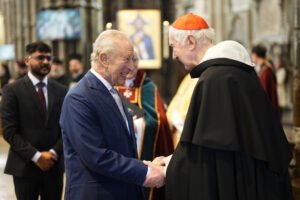
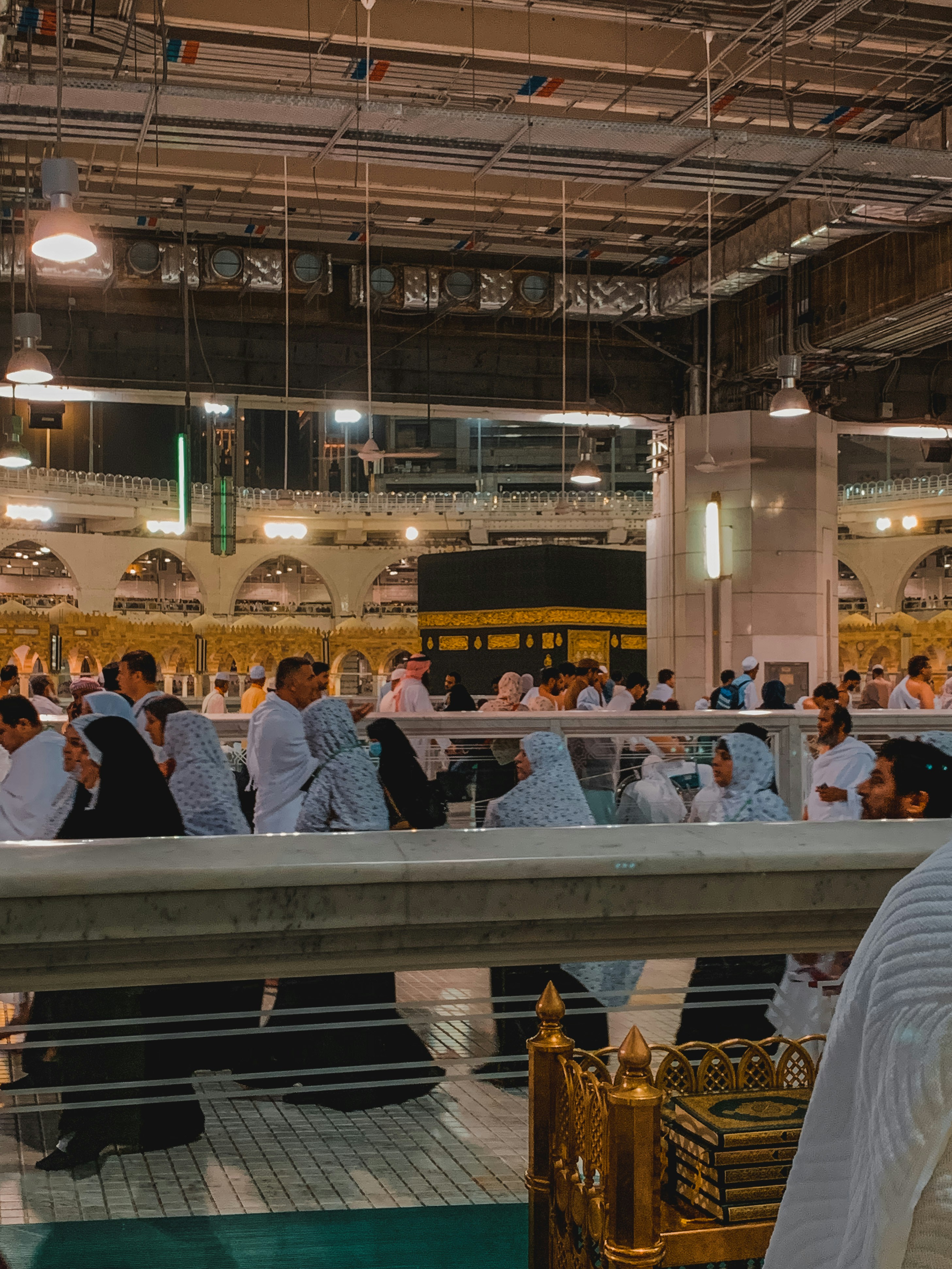
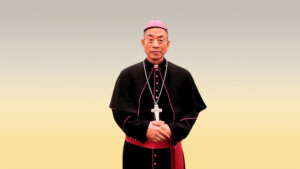
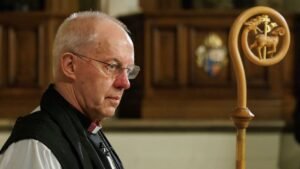
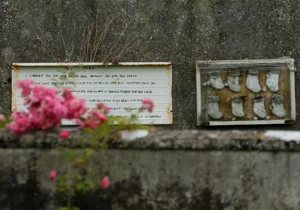
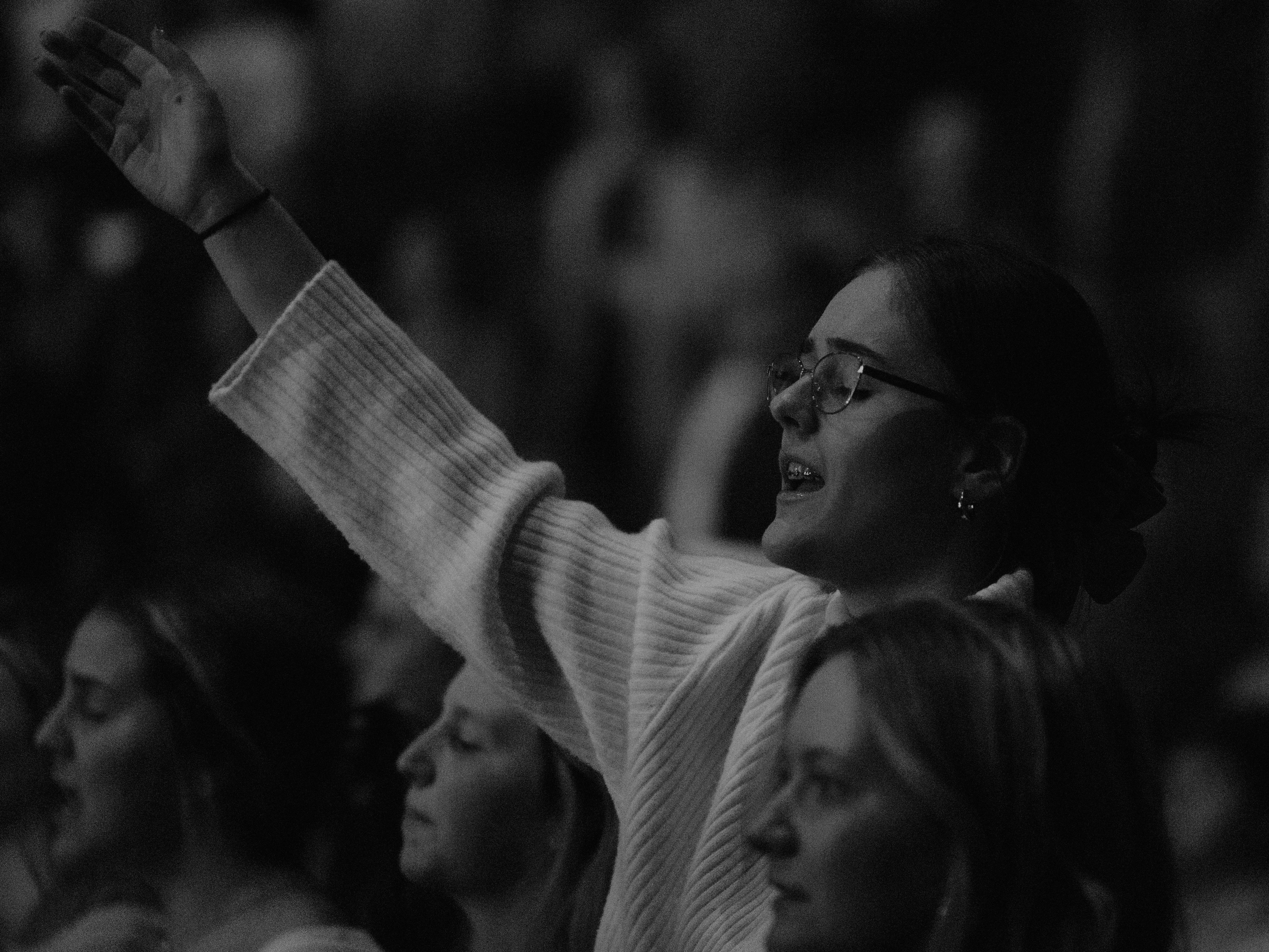
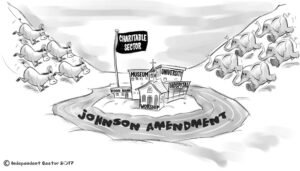

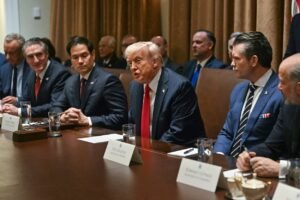
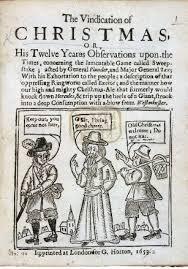
Leave a Reply
You must be logged in to post a comment.